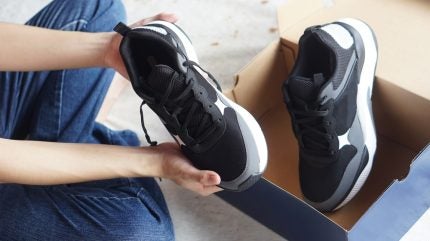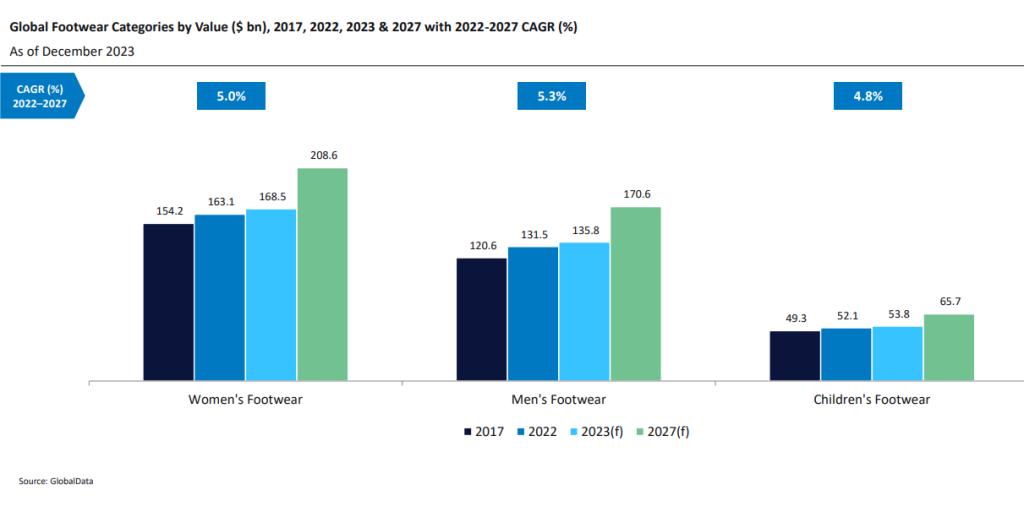
According to the latest World Footwear Yearbook, the global footwear export market continues to showcase a distinct division between value and volume.
The report identifies three key categories driving the global market: rubber & plastic, leather, and textile footwear. Together, these segments represent 94% of the total export volume and 97% of the total value. Despite some fluctuations in market share over the past decade, these figures have remained stable.
In the early half of the last decade, textile footwear saw a significant rise in market share at the expense of rubber, plastic, and leather footwear. However, this growth tapered off in recent years, with textile footwear’s market share dipping by 2 percentage points in 2023.
While rubber & plastic footwear dominate the volume of exports at 50%, textile footwear follows with a 29% share, and leather footwear comes in at 15%. However, when looking at export value, leather footwear’s premium status is clear, leading the market with 38%, while rubber & plastic and textile footwear each account for around 29-30%.
Trainers to outperform as rubber, plastic footwear innovations lead the way
Trainers have become the preferred footwear style for many, due to their comfort and versatility, which GlobalData report “Global Footwear Market to 2027,” says means brands focusing on shoes and boots must also try to improve the wearability of their products to compete.
As a result, the category is outperforming, with a projected CAGR of 6.2% from 2022 to 2027, compared to 5.1% for the total footwear market. Trainers will also drive the outperformance of men’s footwear out to 2027 as males seek greater variety and limited-edition styles.

US Tariffs are shifting - will you react or anticipate?
Don’t let policy changes catch you off guard. Stay proactive with real-time data and expert analysis.
By GlobalData
Brands have been introducing features such as cushioned soles to improve the comfort of more traditional footwear.
Players such as Russell & Bromley and Hugo Boss are adding rubber soles to their formal shoe styles, improving comfort, durability and grip.
Other mainstream brands have also been incorporating more sustainable materials into their footwear ranges, such as Adidas, which has partnered with Parley, a global environmental organisation, since 2015.
Adidas has been increasingly using Parley Ocean Plastic, a polyester replacement made from ocean plastic waste, in its products, and released the first-ever football boots made with Parley Ocean Plastic in March 2023.



